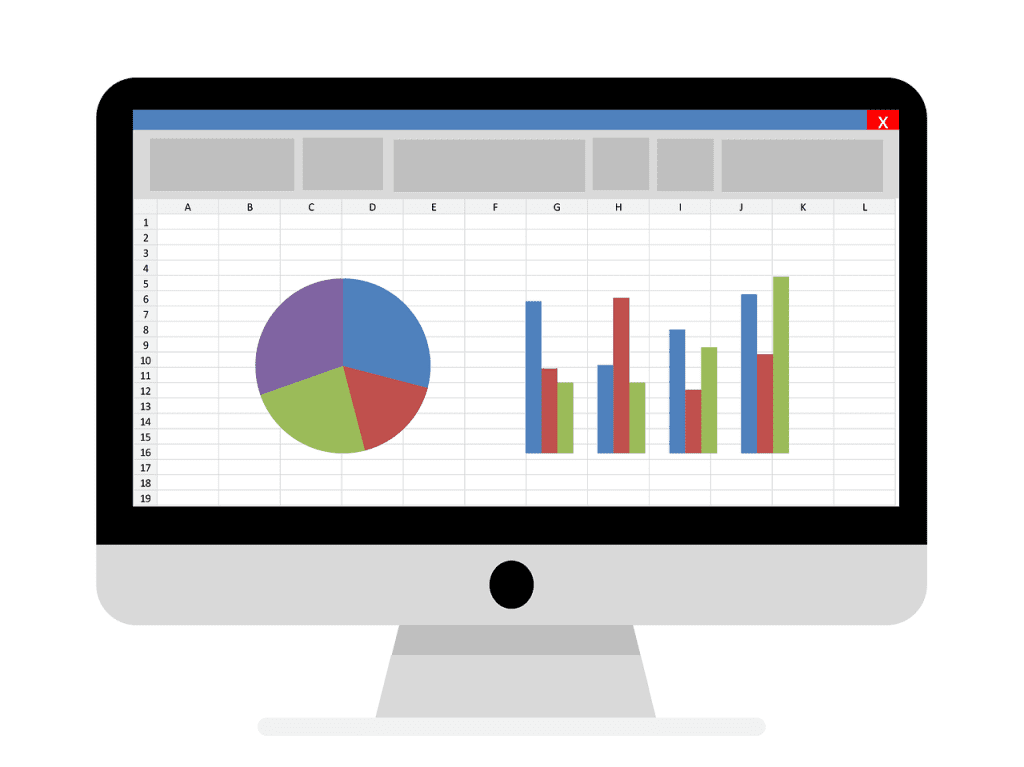Welcome aboard, financial leaders. Have you ever found yourself before a mammoth task of creating complex financial models? A mountain of data is waiting to be shaped into meaningful insights, your coffee is turning cold, and Excel formulas are starting to feel more like hieroglyphics than your go-to analysis tool. Sounds familiar? Then this story of FP&A challenges and triumphs will resonate with you.
Today, I will share some of my encounters with intricate financial modeling challenges that pushed the boundaries of my problem-solving skills. Yet, every cloud has a silver lining. For me, that lining was gilded with the glow of Artificial Intelligence (AI).
Encounter #1: The Curse of the #VALUE!
In the early years of my FP&A journey, I was tasked with developing a robust cash flow model for a client characterized by a volatile revenue cycle. The modeling was proceeding according to plan until the introduction of a new variable. Without warning, my carefully structured Excel sheet fired back with a series of #VALUE! Errors.
This unexpected turn of events triggered more than just a brief moment of panic. It also sparked a critical realization: my proficiency in Excel, while commendable, was insufficient when it came to handling the advanced complexity of the model.
Here’s a snapshot of what I was grappling with:
- The difficulty in managing large, intricate datasets
- The complexity of multiple, interconnected Excel formulas
- The elusive nature of certain Excel errors, such as #VALUE!, disrupted the modeling process
The enormity of these challenges marked the beginning of my quest for a more efficient, error-free solution to complex financial models.
Encounter #2: The “What If?” Woes
The next challenge that came my way was more complex and demanded a higher level of strategic thinking: the realm of “what-if” scenarios. On the surface, these scenarios seem innocuous enough until they manifest in a model brimming with countless variables and potential outcomes.
Excel, our steadfast ally, offers ‘What-If’ analysis tools that can be tremendously powerful. However, their effectiveness diminishes as the complexity and number of variables increase. This leads to a labyrinth of nested IF statements and VLOOKUPs, turning the analytical process into a tedious task rather than a strategic exercise.
My experience with these “What-If” woes underscored the need for a more streamlined and advanced solution for handling intricate financial models.
Embracing the Future: The Advent of AI in Financial Modeling
The complex challenges I’ve described might lead you to believe that this tale is one of struggle and frustration. But here’s where the plot takes an uplifting turn: the introduction of Artificial Intelligence (AI) into the world of financial modeling.
After facing the limitations of traditional financial modeling methods, I found myself yearning for a solution that could alleviate these pain points. This led me to explore the burgeoning realm of AI-powered financial modeling solutions.
These AI tools are a testament to the strides we’ve made in technology and data science. Here’s why they’ve been a game-changer:
- Capacity for Large Datasets: AI tools can effortlessly process vast amounts of data, thus eliminating the need for complex, error-prone Excel spreadsheets.
- Advanced Algorithms: These tools can run intricate algorithms that produce sophisticated financial models in a fraction of the time it takes manually.
- Intuitive Interfaces: AI-powered solutions are designed to be user-friendly, reducing the risk of errors and simplifying the process of creating complex financial models.
By adopting AI, the days of #VALUE! errors and time-consuming ‘What-If’ scenarios were put behind me. Instead, I found myself with accurate, detailed financial models crafted with minimal effort and maximum efficiency.
As financial leaders, our mission is to constantly evolve and adapt to technological advancements that can enhance our performance. By embracing AI, we’re not just keeping pace with the industry’s progress—we’re driving it.
Is AI the Silver Bullet for FP&A Challenges?
Since embracing AI for financial modeling, the formidable challenges posed by #VALUE! errors and convoluted ‘What-If’ scenarios have been significantly mitigated. But this isn’t to suggest that Excel has been relegated to the annals of FP&A history. Quite the contrary, Excel still commands a critical role in routine tasks and simpler modeling exercises.
However, when it comes to constructing intricate financial models, AI has proven to be an invaluable ally. Think of it as a co-pilot, ready to take the controls and navigate through the most complex financial terrains, providing you with accurate and timely outputs.
As we forge ahead in our FP&A journey, here are some key takeaways:
- AI is not a substitute but a supplement: Excel still holds significant value in the FP&A realm. The purpose of AI is not to replace, but to supplement and enhance our existing tools.
- Harnessing AI for strategic leverage: By utilizing AI in complex financial modeling, we can focus more on strategic planning and decision-making, moving beyond the role of mere number crunchers.
- Continual learning and adaptation: The FP&A field is dynamic, and we must stay abreast with the latest technological advancements to stay competitive.
In conclusion, my fellow financial leaders, don’t let the complexities of financial modeling daunt you. Equip yourselves with AI and venture confidently into the uncharted territories of FP&A. Remember, our role isn’t just to dissect numbers, but to strategize and steer the financial direction of our organizations.



